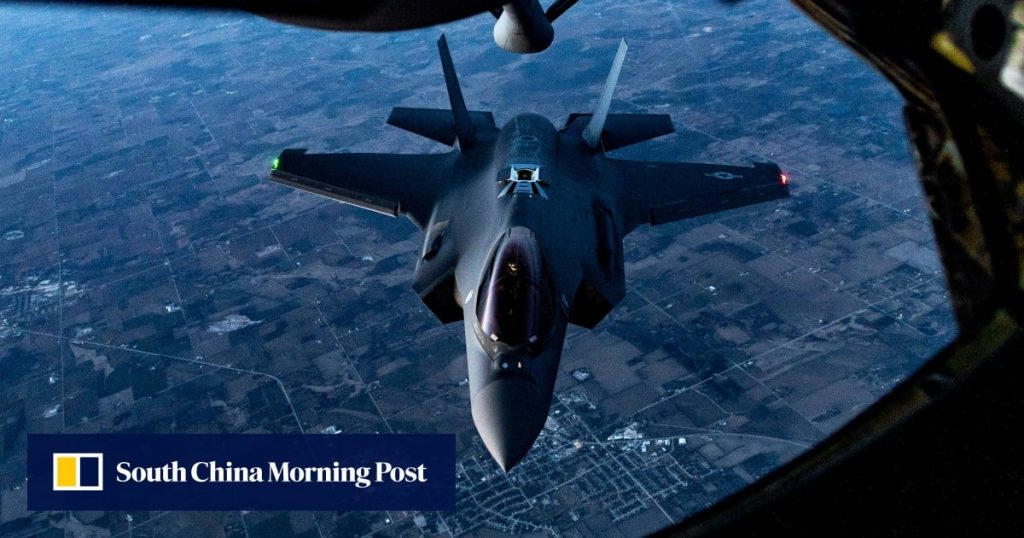Researchers at one of China’s top defence electronics institutes say they can track advanced US stealth radars to the centimetre using modified commercial detection gear, a development that would have the potential to change the dynamics of electronic warfare.
The research came from the 38th Research Institute of China Electronics Technology Group Corporation, a developer of advanced radar systems for the Chinese military, according to a peer-reviewed paper published in the Chinese journal Computer Measurement & Control on April 21.
Senior engineers Niu Qin and Xia Shaojun showed during open field tests that a number of commercially available spectrum analysers – which cost less than 500,000 yuan (US$68,600) each online – could pinpoint emissions from the US low-probability-of-intercept radar (LPIR), with a positioning error of 10-13.5mm (0.4-0.5 inches), even through electronic jamming.
LPIR is widely used in US air and missile defence systems and is fitted on B-2 Spirit stealth bombers, F-22 and F-35 stealth fighters, nuclear submarines and advanced stealth combat drones that are still under development.

This type of radar masks its presence by spreading extremely weak signals across wide frequency ranges using rapid hopping and noise-like modulation. Adaptive power control minimises emissions while advanced processing recovers faint echoes through extended integration, enabling stealthy yet effective detection that is far more difficult to identify than conventional radars.


